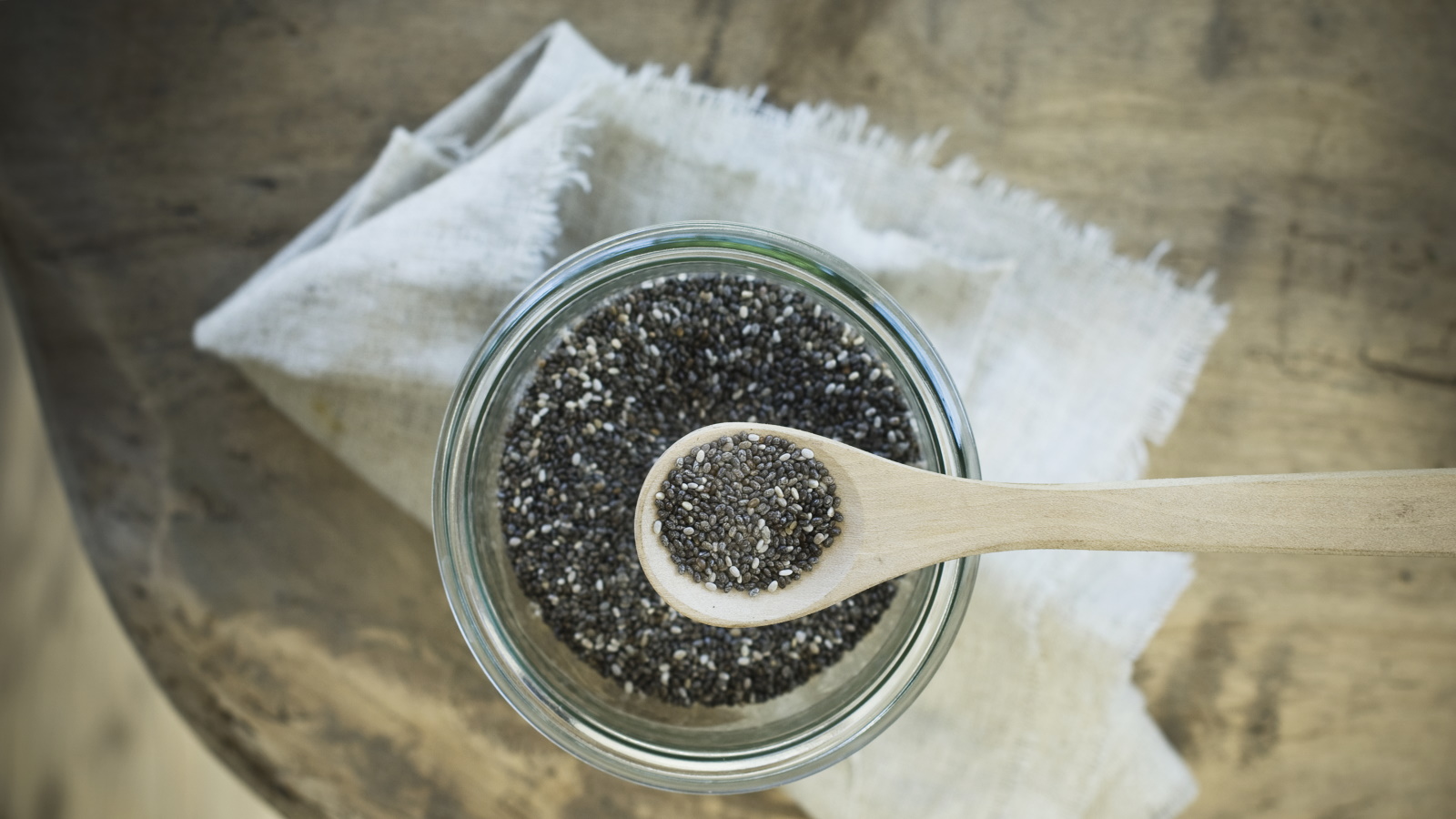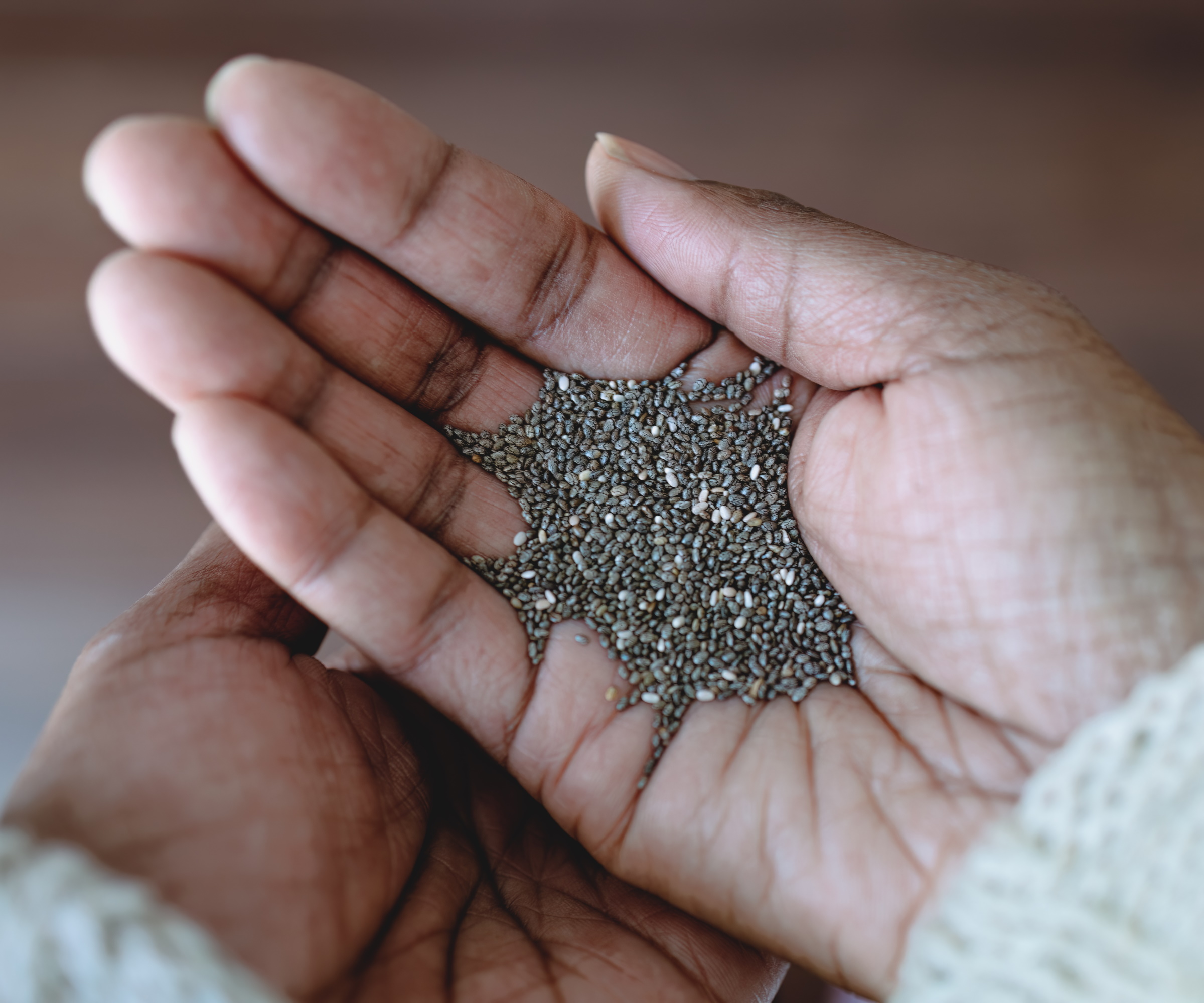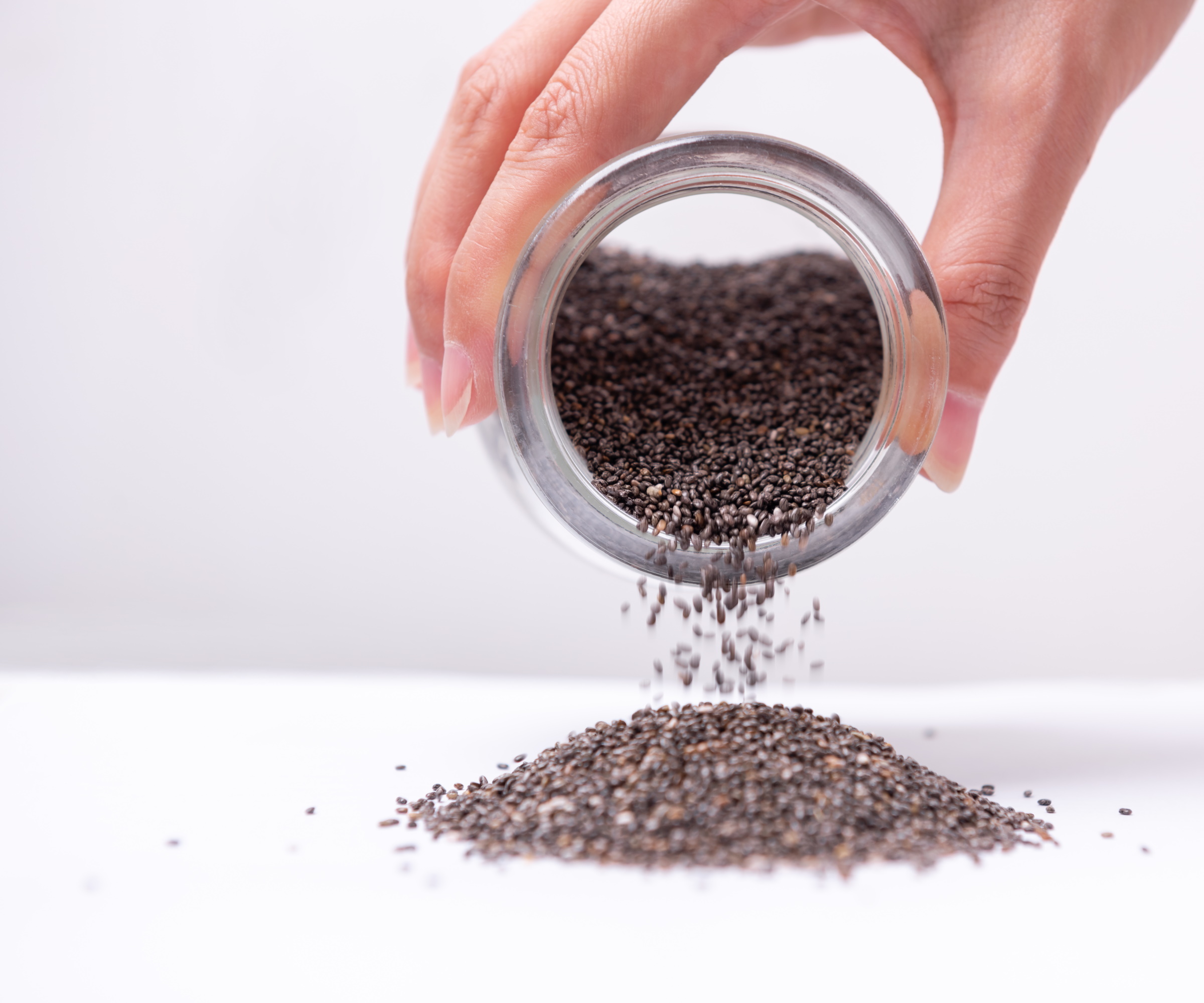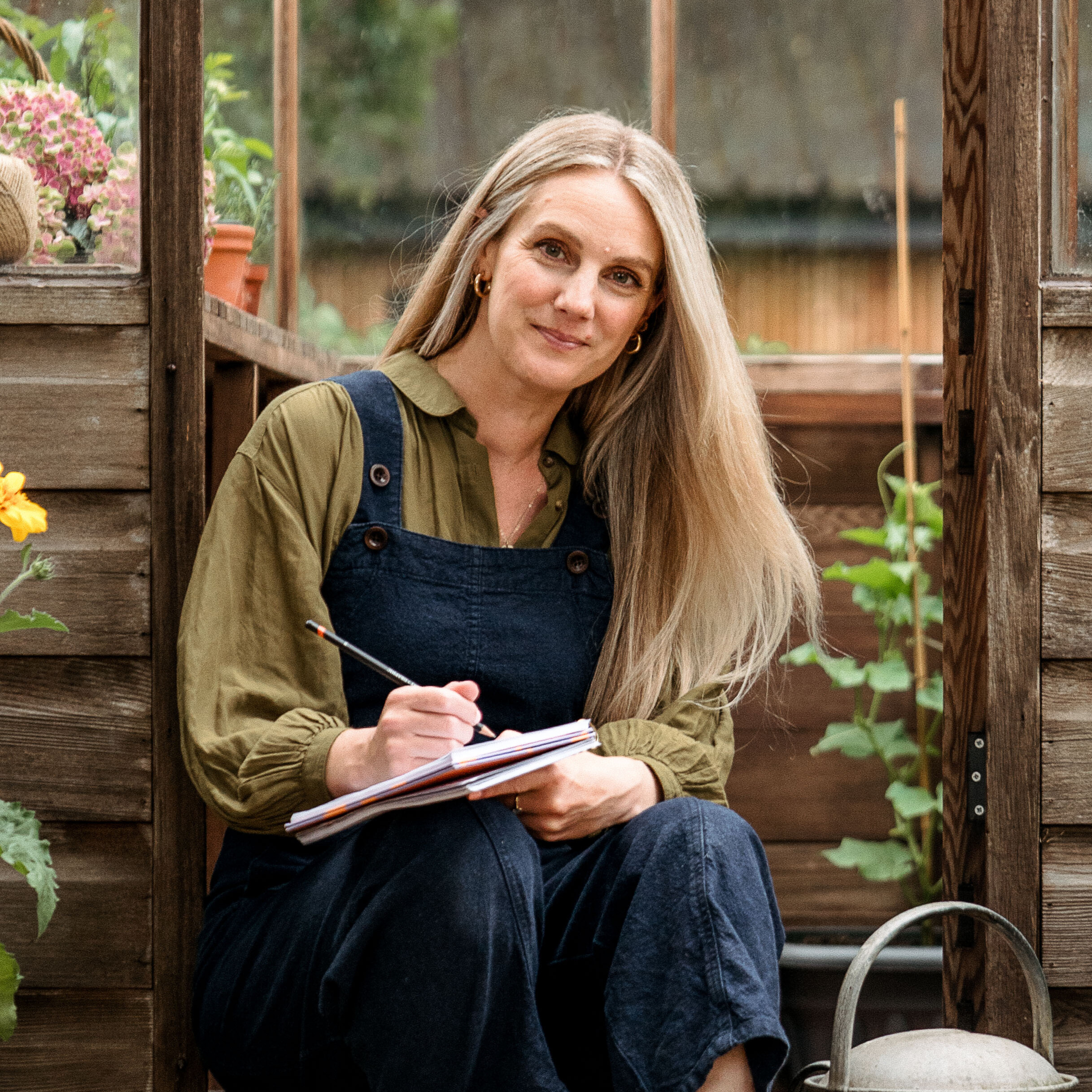How to harvest chia seeds – 5 tips for collecting these healthy grains
Learn how to harvest nutrient-rich chia seeds for eating and growing new plants with our expert tips


Chia seeds are well known for their nutritional benefits, and are now widely regarded as one of the world’s most nutritious superfoods. Knowing how to harvest chia seeds and dry them correctly will provide you with a long-lasting supply for your pantry or seed store well into the future.
The tiny black and white seeds of the chia plant are high in fiber, and can be added to salads, smoothies, cakes and yogurt for a quick nutrient-boost. Among some of the best edible seeds you can grow, chia seeds are said to promote heart health and are loaded with antioxidants and omega 3 fatty acids.
Chia plants, also known as Salvia hispanica, are one of the best low maintenance plants you can grow in your borders. They are native to Mexico and Guatemala, and thrive in warmer, more humid climates, though they will tolerate temperatures into the low 50s. This herbaceous annual can grow to a width of 3ft, taking up a decent amount of space in a backyard. Its blue and purple flowers are also amazing for attracting pollinators into your garden.
As with many other edible seeds, such as borage and sunflower seeds, knowing when to harvest them is key to getting the best from your yield. Our five steps will show you how to harvest chia seeds for the benefit of your health and backyard.

When is the right time to harvest chia seeds?
When it comes to knowing the exact right time to harvest energy-boosting chia seeds, patience is key. The essence of a successful harvest lies in waiting patiently for the plants to reach full maturity before beginning the harvesting process, says Gene Caballero, co-founder of GreenPal.
Once all the flower petals have fallen from the stems, that’s your signal to start.
‘Chia plants typically mature within 90 to 120 days post-planting,’ says Gene. ‘You should wait until the flowers have matured fully and formed seeds. The moment the flower heads adopt a brown and dry appearance is your cue that they're ripe for harvesting.’
Design expertise in your inbox – from inspiring decorating ideas and beautiful celebrity homes to practical gardening advice and shopping round-ups.


Gene Caballero is a seasoned landscaping expert with over 25 years of experience. As the co-founder of GreenPal, the "Uber for lawn care", he's overseen its growth from inception in one city to now servicing over 250 major markets. His deep industry knowledge and innovative approach make him a respected figure in the landscaping business arena.
What’s the best time of day to harvest chia seeds?
Aim to harvest chia seeds during the morning hours. This period after dawn and before the sun gets too high is when plants tend to be least moist from the morning dew, which minimizes the risk of seeds sticking together.
Cut individual flower heads off, then give them some time to completely dry and air in a paper bag for up to three days before beginning your seed harvest.

How should I handle chia seeds when harvesting them?
Just as when you’re collecting seeds from any garden plant to store and sow in future, when harvesting chia seeds take care to rub the dried flower heads very gently between your fingers and over fine mesh strainer. ‘This technique will free the seeds, and help them to detach smoothly from the plant,’ Gene explains.
At this point you can sift the seeds, separating them from all the flower pod debris, and collect them in a large, clean paper bag.
If you find you’ve left it a bit too long in the season to cut off the flower heads without all the seeds falling to the ground in the process, there is still a way to successfully harvest the chia seeds.
Leaving the plant stem intact, simply place a large paper bag under each head and shake the seeds into it. This process might take a little longer, as you’ll have to shake each head individually, but it’s just as effective.

How do I dry chia seeds?
‘Post-harvest, lay out the seeds thinly to let them dry for several hours in a shaded, warm location,’ says Gene. ‘It's essential to make sure they are dried thoroughly before storing to stop any mold forming.’
The drying process may take up to two weeks. If storing in a bowl, remember to stir the seeds from time to time to prevent clumping and check they are drying properly.
What is the best way to store chia seeds?
Once fully dried, take care to transfer your chia seeds into an airtight container and place it in a cool, shaded place. Aim to consume your seeds within a year to take advantage of all the fresh nutrients stored within them.
Provided you keep them dry and away from too much light, you should be able to use your seeds to create new plants for up to three years.

FAQs
Can I add home grown chia seeds to my baking?
You can absolutely use your harvested chia seeds in home baking. Whole chia seeds are great in muffins and bread, while soaked seeds are often used in vegan baking recipes as a substitute for egg.
Can I harvest chia leaves for tea?
You can harvest the leaves as well as the seeds of the chia plant. The leaves can be used fresh or dried and made into a therapeutic tea.
The benefits of harvesting chia seeds from your plants are huge – they might be tiny but these seeds are packed with nutrients, and knowing how to harvest them from your own backyard will certainly save you a trip to the health food store.

Rachel is a gardening editor, floral designer, flower grower and gardener. Her journalism career began on Country Living magazine, sparking a love of container gardening and wild planting. After several years as editor of floral art magazine The Flower Arranger, Rachel became a floral designer and stylist, before joining Homes & Gardens in 2023. She writes and presents the brand's weekly gardening and floristry social series Petals & Roots. An expert in cut flowers, she is particularly interested in sustainable gardening methods and growing flowers and herbs for wellbeing. Last summer, she was invited to Singapore to learn about the nation state's ambitious plan to create a city in nature, discovering a world of tropical planting and visionary urban horticulture.